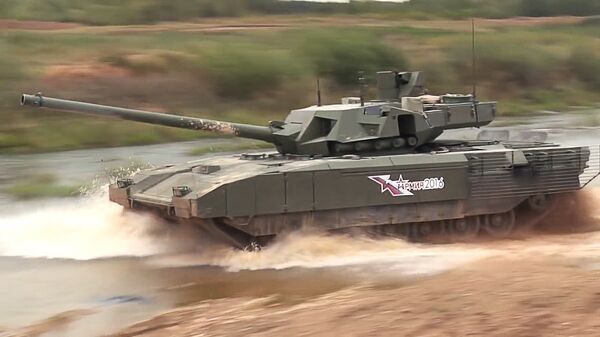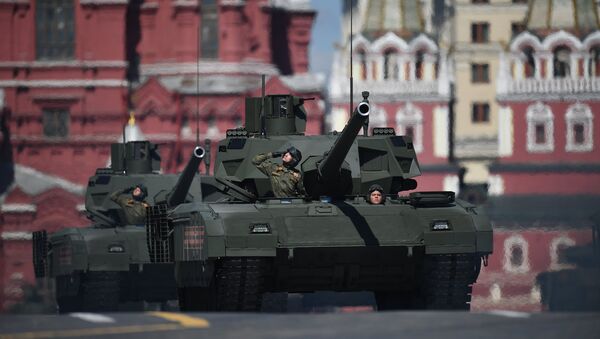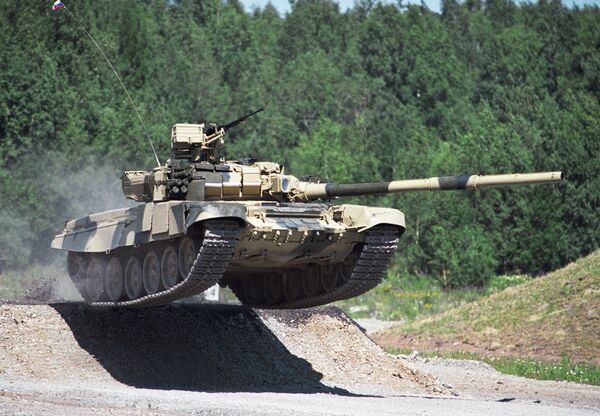Armored combat vehicles have certainly evolved quite a bit, to put it mildly, since the early years of the 20th century when battle tanks entered the fray in World War I.
While the T-35 multi-turreted heavy Russian tank required eleven people to operate, one of the most ubiquitous tanks of World War II, the Soviet T-34-85 had a crew complement of five – commander, gunner, loader, driver and radio operator.
Those Three Guys
Now, at the onset of the third millennium, Russian battle tanks require only a crew of three to operate them, which has been the case since the T-62 and T-72 main battle tanks were adopted by the military – radio communications were delegated to the commander, thus making a dedicated radio operator unnecessary, while automatic loader systems replaced their human counterpart.
He Who Guides
If one were to perceive a tank as a living organism, the commander would be both the “eyes” and the “brain” of that entity – his job is to survey the battlefield, designate targets, give orders to his subordinates and act on the commands he receives from his superiors.

He Who Shoots
The gunner, as the word itself implies, is responsible for firing the tank's weapons – main cannon, machine gun and guided missiles – at the targets of the commander's choosing, and to load the tank's gun if the automatic loader is rendered inoperable for some reason.
Tank gunners require keen eyesight and quick reaction to perform their duties, even though the advanced laser rangefinders and targeting systems most contemporary battle tanks are equipped with make the gunner's job a lot easier than it was a few decades ago.
He Who Drives
The driver is responsible for his tank's locomotion and for the maintenance of the its engine, to ensure that the armored vehicle gets where it needs to be, preferably without being hit by enemy fire.
It is up to the driver to make sure that his tank traverses rough terrain without getting stuck, gets positioned so that gunner could have easier time aiming at targets, depending on what the current situation – and the commander – require.
All for One and One for All
While their roles may be different, all tankers must also be capable of assisting one another (such as with repairs, for example) or even replacing one another if one of them goes out of action.
Also, originally only people up to 175 centimeters tall could serve as tankers in Russian military – a restriction imposed due to the tightness of tanks' internal confines – though this limitation apparently does not apply to armored units such as T-14 Armata where the crew resides in a specialized (and more spacious) compartment.





